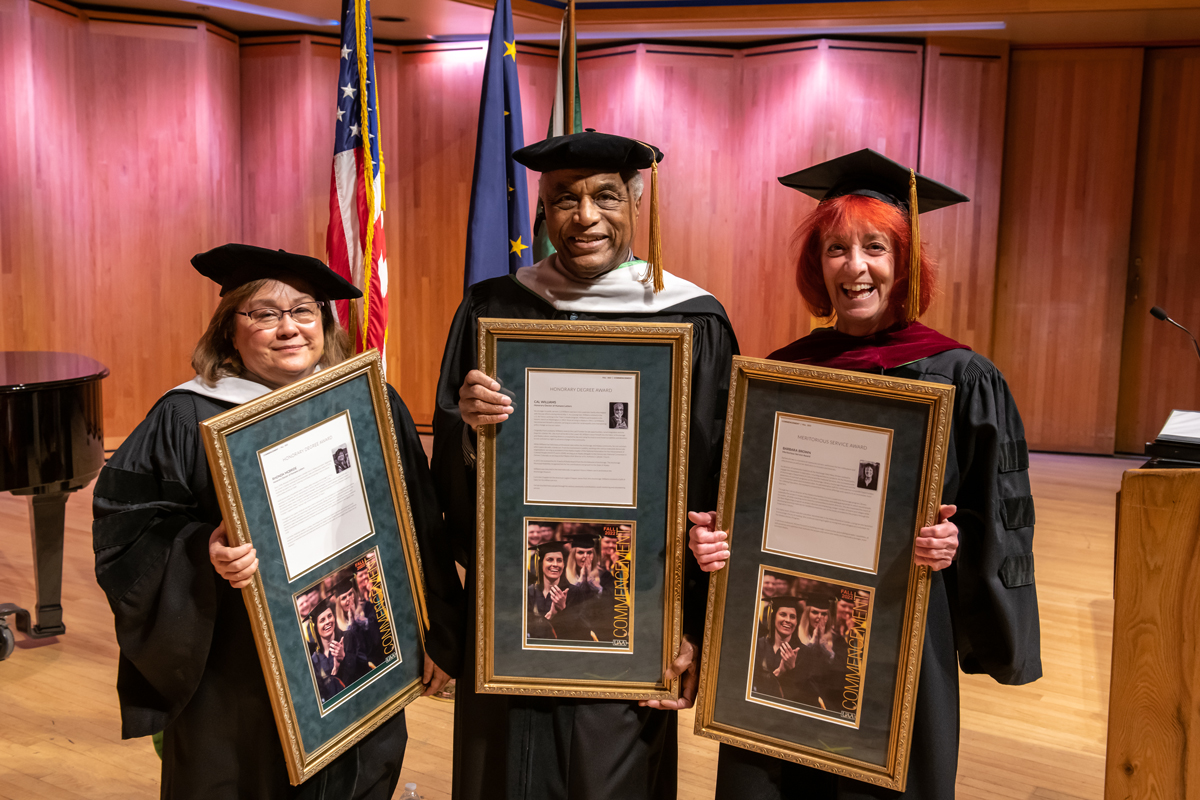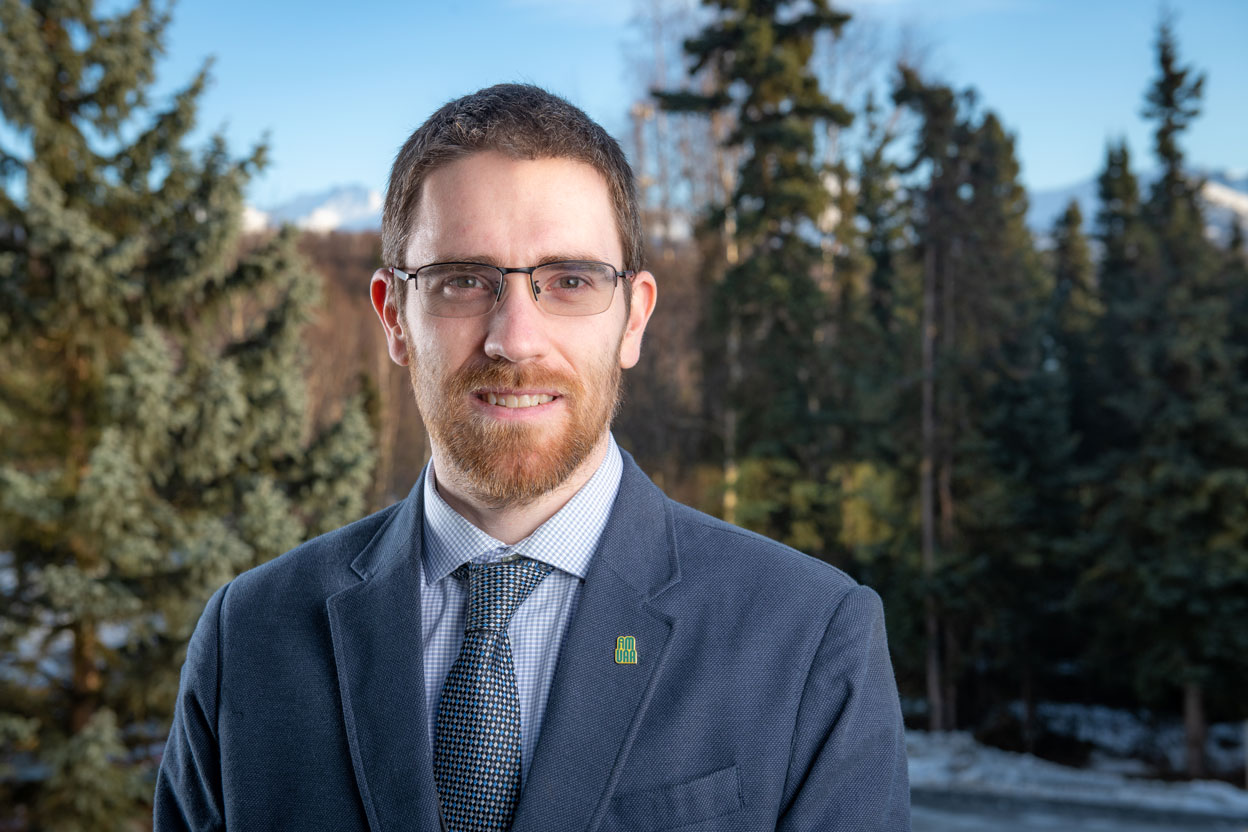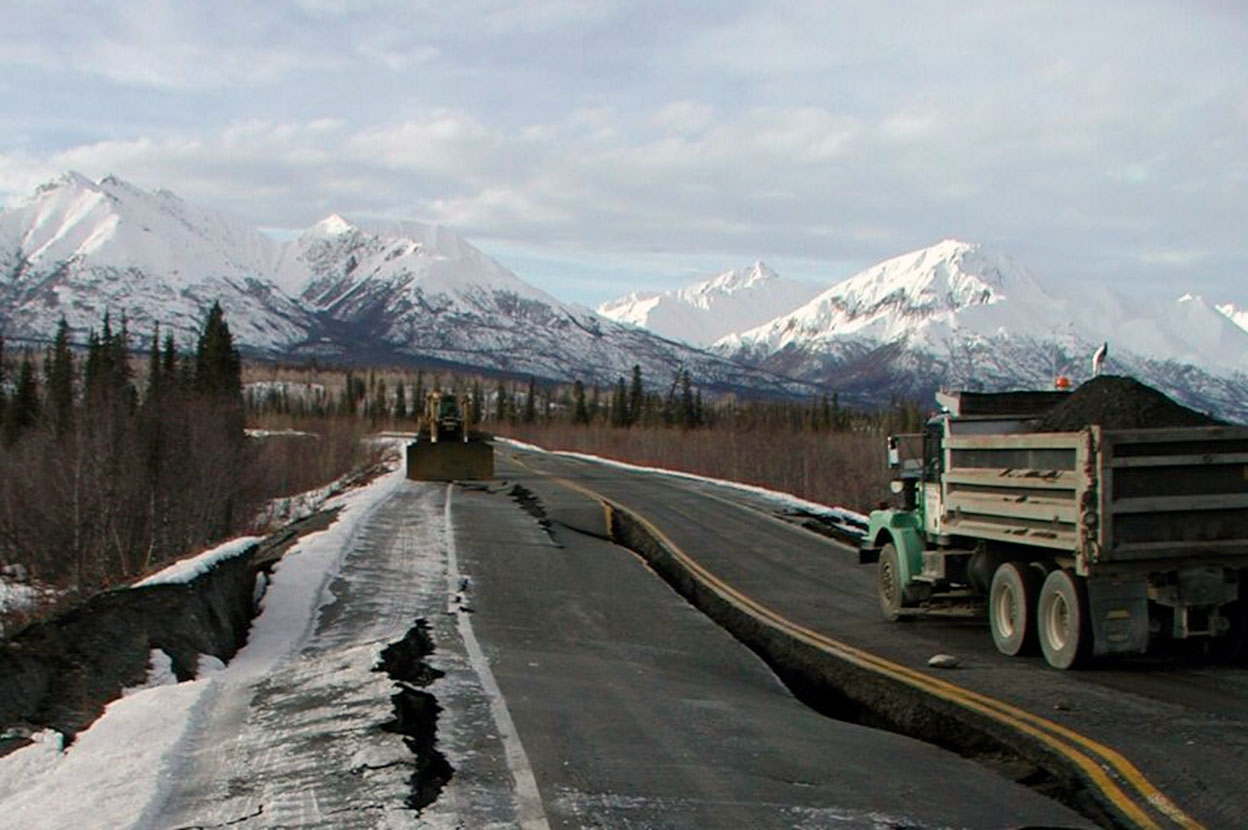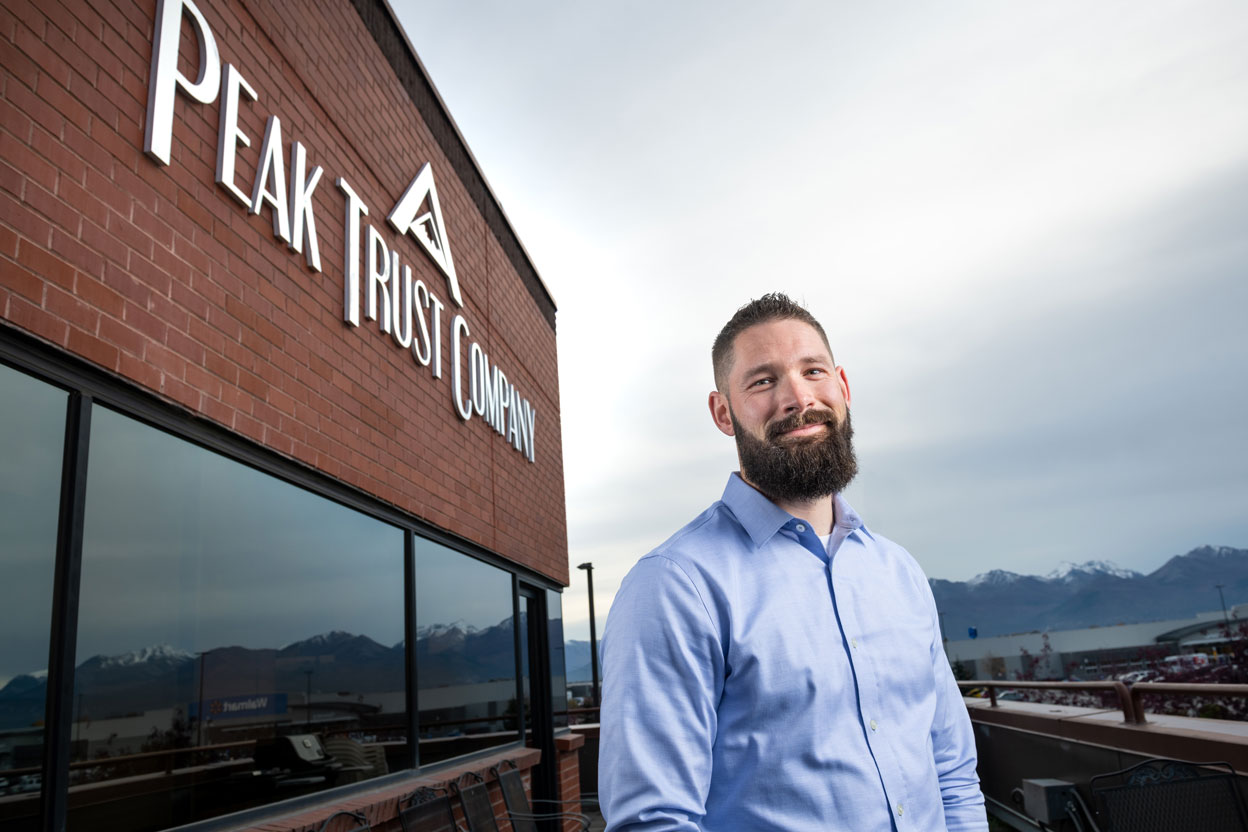New cohort of Arctic research includes projects on ice loss, climate change and geothermal energy
by Marci Suazo |
This Friday, the University of Alaska Anchorage and ConocoPhillips Alaska announced the 2022 recipients of the ConocoPhillips Arctic Science and Engineering Endowment Award.
The endowment is one of the largest in the University of Alaska System and provides awards to recipients who have demonstrated potential to bring about the highest foreseeable impact on developing Arctic science and engineering programs. Historically, winning proposals have been granted anywhere between $10,000 to $100,000.
Details on the 2022 cohort of awards are listed below, and more information on individual awards are available upon request.
Cryosphere Degradation Drives Change in Arctic and High-Latitude Streams, Ecosystems
and Communities (LeeAnn Munk, principal investigator; Jordan Jenckes, co-principal investigator)
This project team will collaborate with industry and Native Alaskan communities to
enhance understanding of how climate change impacts in the Arctic cause alteration
of freshwater and nutrient export to the coastal ocean. The project will also build
capacity for community involvement in environmental monitoring while enhancing STEM
visibility and availability.
How Ground Ice Loss Affects Slope Stability and Groundwater Flow in Arctic Watersheds (Kynan Hughson, principal investigator; LeeAnn Munk, co-principal investigator)
In order to evaluate how ground ice loss is destabilizing and transforming surface
materials in the Wulik River watershed, and how these changes are affecting groundwater
flow, this project will: quantify the physical characteristics of ground ice loss
induced landslides and mass wasting in culturally and economically important stream
watersheds using drone based photogrammetry; identify the links between these features
and ground ice/groundwater content using electromagnetic geophysics; and determine
how these rapidly emerging landforms are altering stream discharge patterns and water
resources by measuring the extent of the saturated groundwater region at various mass
wasted and unaltered field sites.
Assessing Seismic Hazard of Arctic Infrastructure in Degrading Warm Permafrost: A
Case Study of Nome, Alaska (Utpal Dutta, principal investigator)
Permafrost, an essential footprint of Alaska at many high-latitude landscapes, is
forecast to thaw extensively in the decades ahead due to climate warming at a rate
much faster than anticipated. This project aims to fill a vital knowledge gap by conducting
multi-method geophysical and geotechnical investigations at selected strategic sites
in the Nome, Alaska, area to map subsurface soil conditions and investigate ground
shaking characteristics during earthquakes. The results will help uncover the impact
of degrading permafrost and improve the resilience of Arctic infrastructure during
seismic events while also enhancing separate studies on the resilience of public infrastructure
in the Arctic.
Data for Predicting a Changing Alaska: Terrestrial Imaging for Machine Learning of
Spatio-Temporal Processes (Matthew Kupilik, principal investigator; Frank Witmer, co-principal investigator)
Climate change is affecting Alaska disproportionately, with shifting precipitation,
receding sea ice, increasing wildfires and thawing permafrost causing communities,
engineers and decision-makers to rapidly adapt. This project aims to develop a tool
to allow Alaskan researchers to combine continuous measurements from moderate resolution
high temporal frequency satellite imagery with updated downscaled climate and domain
specific data sets to build predictive models.
Crude oil toxicity to Arctic copepods: When to apply chemical herders and burn (Patrick Tomco, principal investigator)
In the event of a remote oil spill in Arctic or Subarctic waters, on-scene responders
must decide how best to recover oil in a manner that mitigates the potential damage
to marine aquatic life. This topic has gained priority interest by government agencies
who establish knowledge gaps and fund oil exposure work to feed into their risk assessment
models, and these efforts would leverage several new funding opportunities with meaningful
student involvement. The goals of this project are to develop new techniques to conduct
and gain preliminary toxicity data on Alaskan copepods exposed to water-solubilized
burned oil residue and herded burned oil residue, and to leverage preliminary data
and supplemental funds in new federal proposals.
Is Central Alaska hot enough for our energy needs? Exploring the Wrangell Volcanic
Complex as a potential geothermal resource using geochemical and surface temperature
analyses (Claudia Cannatelli, principal investigator)
Alaska is fourth in the U.S. for per capita energy demand and could largely benefit
from the utilization of geothermal energy, but most of the geothermal resources in
the state are scarcely studied and virtually unexplored. In central Alaska, the distribution
of heat flow suggests that there is a high probability for geothermal systems to exist
in the area, and the close vicinity to the Anchorage metropolitan area makes it an
appealing target for geothermal exploration. This research will use geochemistry to
evaluate the properties of a potential geothermal reservoir (magma chamber) in the
Wrangell Volcanic Complex and determine the depth and mechanism of primary fluid-melt
interaction that occurred during magma ascent and ponding in the crust. The recorded
temperatures and measured volatile contents in MIs will also allow researchers to
quantify the water input in the upper crust and estimate the potential for geothermal
energy.
About ConocoPhillips Alaska
ConocoPhillips Alaska has been leading the search for energy in Alaska for more than
50 years. The company is committed to responsibly developing Alaska’s resources, providing
economic opportunity for Alaska, operating at the highest safety standards and being
good stewards of our communities. For more information, visit conocophillipsalaska.com.
About University of Alaska Anchorage
The University of Alaska Anchorage is Alaska’s largest university, educating nearly
12,000 students annually. UAA’s mission is to discover and disseminate knowledge through
teaching, research, engagement and creative expression. Learn more at uaa.alaska.edu.
Media contact:
Austin Osborne
Director of Public Relations
(907) 786-1296 office
alosborne@alaska.edu
 "New cohort of Arctic research includes projects on ice loss, climate change and geothermal
energy" is licensed under a Creative Commons Attribution-NonCommercial 4.0 International License.
"New cohort of Arctic research includes projects on ice loss, climate change and geothermal
energy" is licensed under a Creative Commons Attribution-NonCommercial 4.0 International License.














